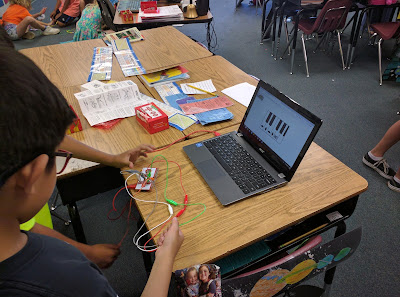It's spring break and instead of heading to the coast and our great California beaches, we (Skyler, his buddy J, and I) headed up to the Sierra for a day of spring skiing on the 400+ inches of snow that are still on the ground in April. I was looking forward to having a friend with Sky because I know it can be frustrating for him to ski with his parents being told how and what to do. As I crammed our things into a locker and got bundled, it was snowing most of the day, Skyler and J headed up the lift for a warm up run.
FAILURE:
As I waited at the bottom of the lift ready to jump on with the boys, Skyler's buddy J skied up carrying one of Skyler's poles. I calmly asked him where Skyler was, although I already knew. J told me that he had crashed and won't ski down. I sent J up the lift and told him to stay with Skyler until I got up there, we were meeting friends and I had to let them know that I needed to go on a rescue mission.
As I loaded the lift with our friends and we took off there was Skyler laid out flat on the snow with J standing over him. I knew he was not physically injured, just his ego was injured. As I skied down to the boys, I was prepared for Skyler's state when I got to him. He was crying nearly hysterical and he was yelling about hating skiing, wanting to quit, and informed me that he would be in the lodge for the rest of the day. Now let's forget about the amount of money I had spent for rentals and lift ticket, there was NO WAY I was letting my son quit.
BACKGROUND:
I did not rush up because I wanted Skyler to sit, stew, and be with his feelings of failure that I knew he was wallowing in as he laid on the snow.
- Skyler is an intermediate skier but hasn't been skiing in over a year
- He takes at least 2 runs to get warmed up and remember how to ski
- Going up with J, he would try to keep up with his buddy and not remember his basics and get himself into trouble
When I sent the boys off, I was about 90% sure that this exact scenario would transpire. Instead of stopping Skyler, I set him up to FAIL because I knew it would provide great learning for the rest of the day.
FEAR:
So, here's how it went down:
- I made sure I stayed calm, cool, and collected - in a calm voice I told him he would be at Boys and Girls Club the rest of spring break - okay, I needed something to get his skis back on and his butt in the chair lift.
- He put his skis on and we got on the chair lift together, he was still crying, wanting to quit, hating skiing, etc...
- Again remaining calm, I told him that we would go down the easy run, not the intermediate one, that he knows how to ski, he just needs a refresher, and that he has to trust me.
- He continually said that he could not stop or turn or control his speed - all things I knew he could do if he was reminded.
- By the time we reached the top, I sent J down so he did not have to wait for us and I told Skyler that after today, if he never wanted to ski again that would be fine, but he had to ski the rest of today because I would NOT let him quit without trying again.
PERSEVERANCE:
As we began skiing down the beginner hill, he was scared, apprehensive, but willing to listen and do the two things I asked of him, arms out in front and weight on the bottom ski. Within minutes it had all come back to him and he became calmer and more confident. By the bottom of the run, he was ready to ski the rest of the day and we all had a wonderful day with each ski run better than the previous.
TAKE AWAY:
Of course I have to connect this to education...
- As Skyler's facilitator of learning, I HAD to know where he was in his skills and what had to be done to get him on track or on a path of getting up and getting going - knowing our students is imperative to their growth and risk-taking.
- I also had to know how much or how little I needed to support - I knew he had the physical skills, he needed a pep talk and moral support to get going again.
- I had to let him fail and fail big because that became part of the motivation to persevere - this is a tough one because there is a delicate balance between enough failure to continue and total shut down. Again knowing your students is important in assessing where they are and when you need to swoop in and support.
Both Skyler and I were pushed as learners and educators on our spring break ski day!




























